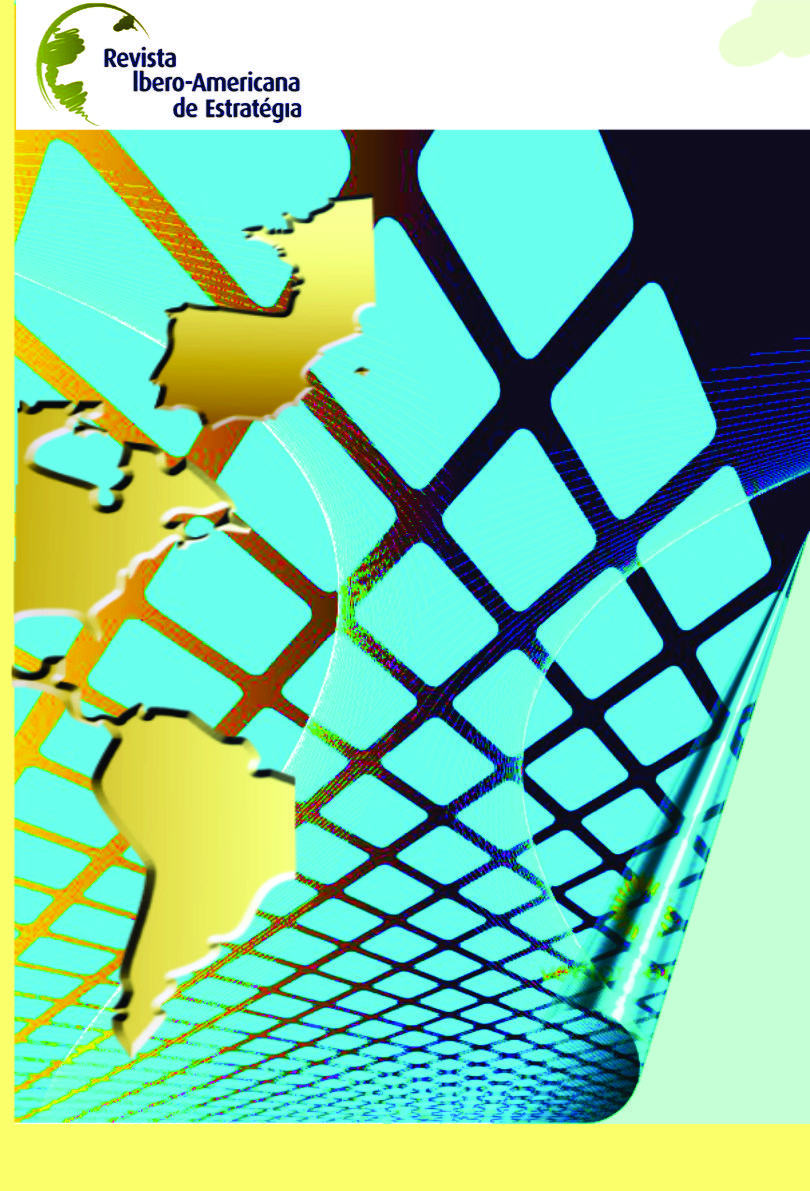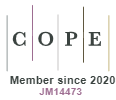The Developmentof Resources Ininterorganizationalnetworksand Theinternationalization Process: The Case Wines of Brasil
DOI:
https://doi.org/10.5585/ijsm.v12i1.1901Keywords:
Internationalization, Resources, Interorganizational Networks.Abstract
The internationalization has become an imperative for survival of many Brazilian industrial sectors. In the wine industry, the growth of competition with imported wines in last years has led companies in the industry to seek new markets abroad. In this way, the formation of interorganizational networks could stimulate the internationalization process by generating collective resources. This paper analyzes the development of resources within a network of interorganizational wine industry and the influence of these resources in the process of internationalization of companies. Therefore, we carried out an exploratory study in a network called Wines of Brasil. The results show that the network has contributed to the generation of resources, such as the reputation of Brazilian wine, market knowledge and access to information among participants. The network´ resources were denominate ´good club´. However, the appropriation of these resources does not occur homogeneously, showing the existence of asymmetries, due to specific organizational architectures of network members (i.e. size, resource base and absorptive capacity of complementary businesses).Downloads
Downloads
Published
01.03.2013
How to Cite
Dalmoro, M., Fensterseifer, J. E., & Wegner, D. (2013). The Developmentof Resources Ininterorganizationalnetworksand Theinternationalization Process: The Case Wines of Brasil. Revista Ibero-Americana De Estratégia, 12(1), 107–130. https://doi.org/10.5585/ijsm.v12i1.1901
Issue
Section
Articles
License
Copyright (c) 2013 Iberoamerican Journal of Strategic Management

This work is licensed under a Creative Commons Attribution-NonCommercial-ShareAlike 4.0 International License.
Views
- Abstract 195
- pdf (Português (Brasil)) 176







